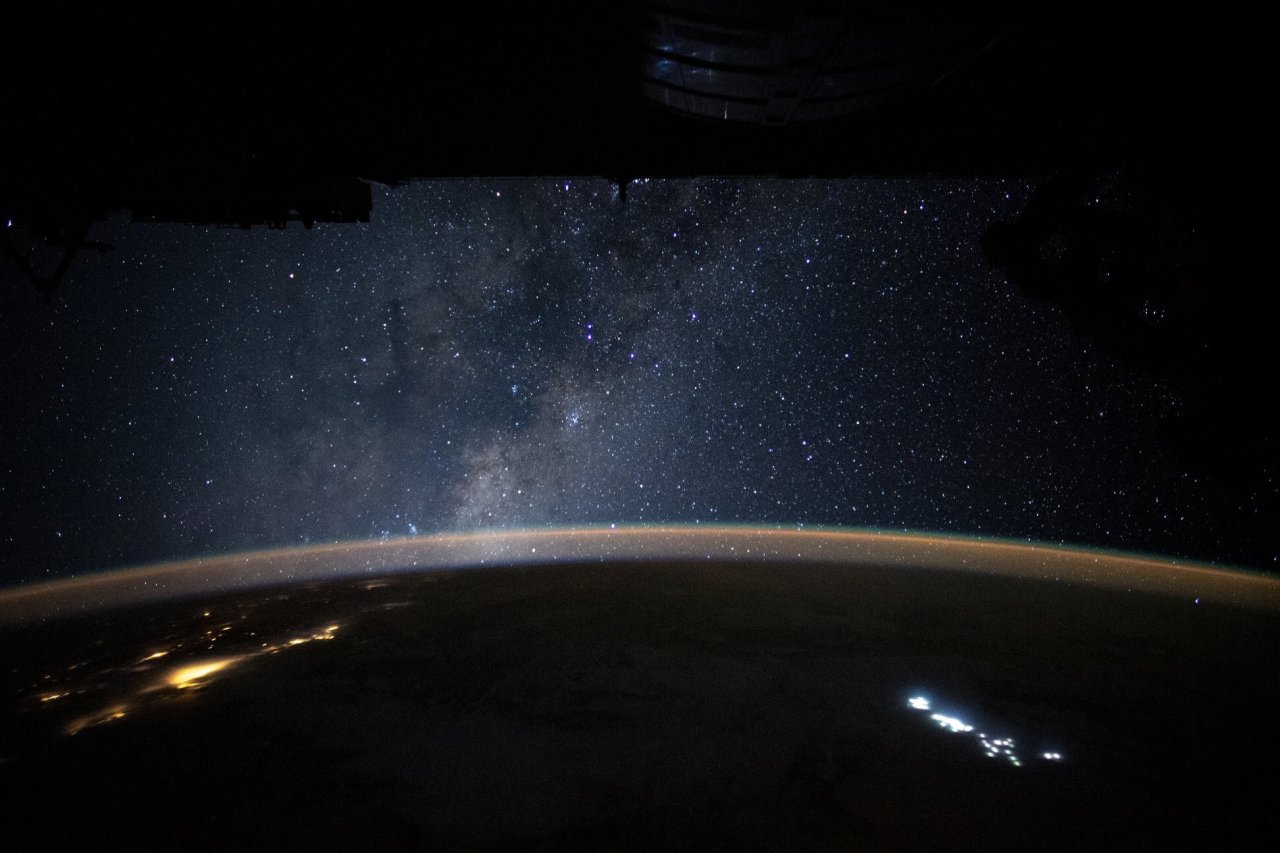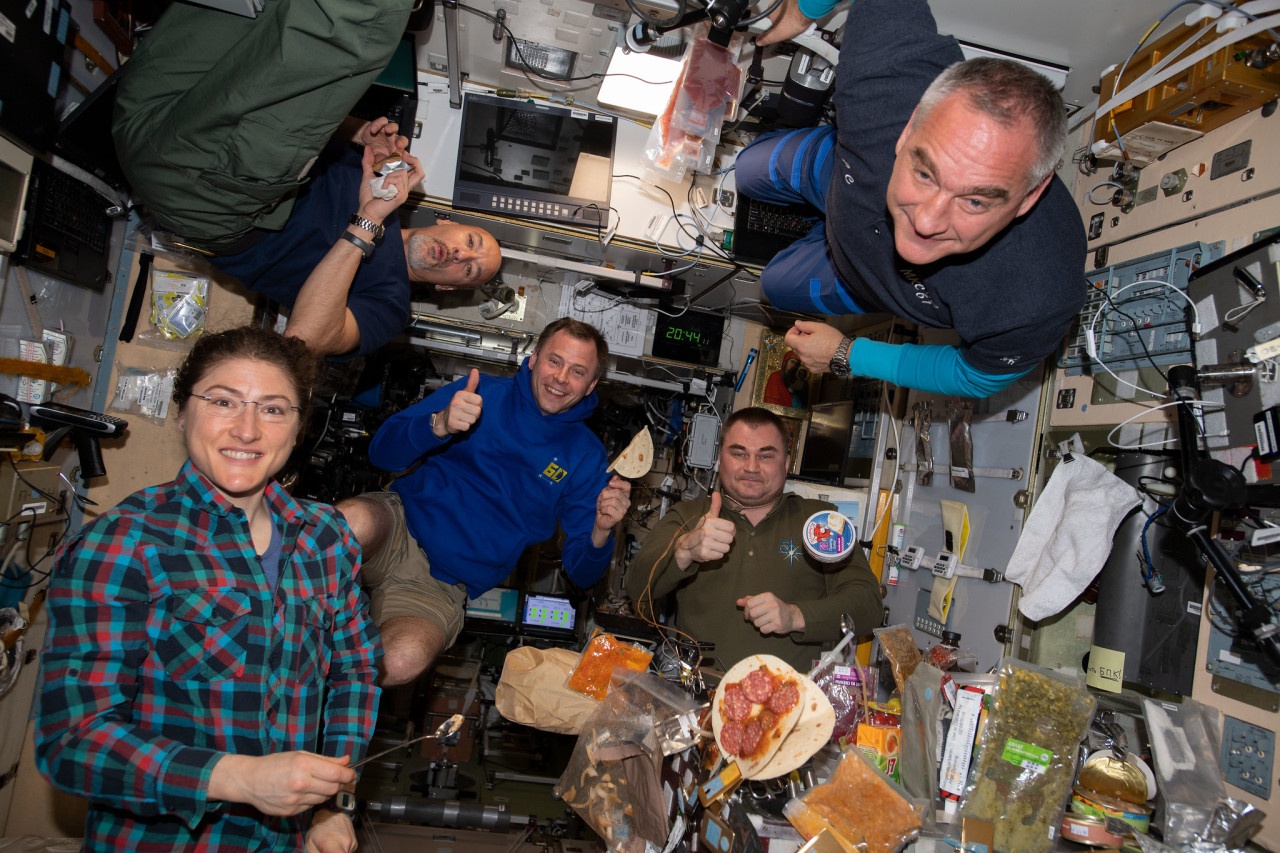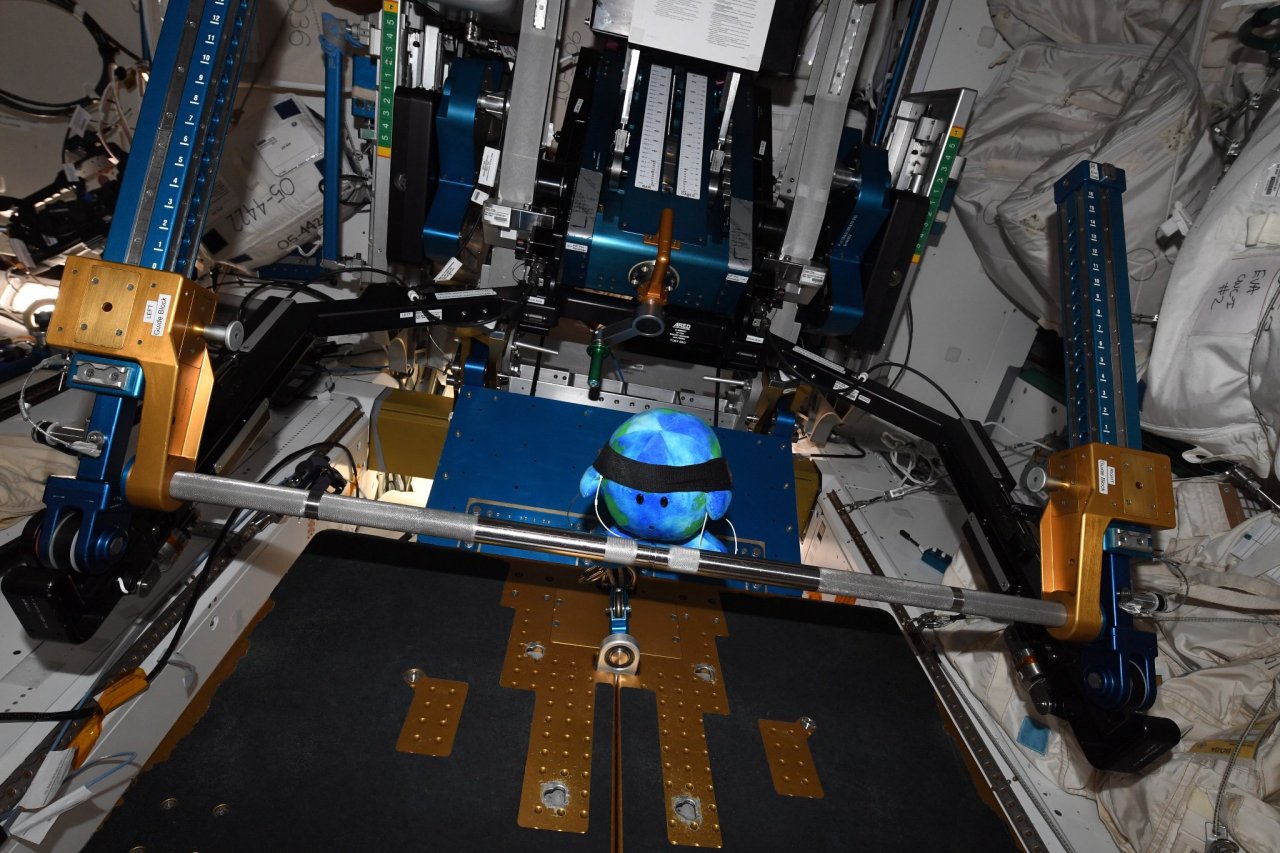Signs You Might Be Ready to Apply to be a NASA Astronaut
Have you heard the news? Astronaut applications are opening soon (March 2), and there’s never been a better time to apply then now. Here are a few signs that might mean you’re ready to take to the stars:
1. You Don’t Mind Having Roommates

When you’re an astronaut, you have to work and live with your crew mates for extended periods of time. It’s important to the mission and your safety that everyone can collaborate and work together.
2. You LOVE Space

If the Milky Way, planets and space travel doesn’t excite you then this might not be the perfect job for you. But if you love galaxies, space station research and deep space exploration, then maybe you should take a look at our application.
3. Adventure Doesn’t Scare You

Being an astronaut means that you get to take part in adventures that most people will never experience. Imagine: sitting on the launch pad in the Orion spacecraft, atop a rocket that’s getting ready to launch. You’ll travel farther into space than any other humans have been and help push the boundaries of technology in the proving ground of deep space lunar orbits, leading the way for future missions to Mars.
4. You Want to be on the Cutting Edge of Science

Not only do astronauts get to travel to space, but they also get to conduct really cool research in microgravity. Did you know that right now they’re monitoring veggie growth on the International Space Station? This research could help with our future deep space exploration and could teach us a few things about growing plants on Earth. Learn more about all the awesome research on the space station HERE.
5. You’re Not Afraid of Heights

One of the coolest things about being an astronaut, is that you get to go to SPACE! At the very least, you’ll travel to the International Space Station, which is 250 miles above Earth. Or, you could be one of the first astronauts to travel to a distant asteroid or even Mars!
6. You Like Meeting New People

Space is a place where people from all around the world come together to push the boundaries of human exploration. Whether you’re living on the space station with an international crew, or embarking on Artemis missions to the Moon – you’re sure to make new friendships wherever you go.
7. Pizza is Life

Meal time is family time aboard the space station, and what better way to bond than pizza night! Getting to know your crew mates AND channelling your inner chef is always a win win.
8. World Traveling is on Your Bucket List
The International Space Station orbits Earth 16 times a day, so get ready to rack up those frequent flyer miles! A favorite past time of many astronauts is Earth watching from the station’s cupola observatory. Get lost in the Pacific Ocean’s blue hue, gaze at the Himalayas or photograph your favorite cities all from a bird’s eye view. Get assigned to an Artemis Moon mission? Even better! Have fun expanding your travels to the solar system.
9. You’ve Dreamed of Flying
Perk about the job? Your childhood dreams to fly finally come true. Whether you’re floating around the International Space Station or getting adjusted to our new spaceship, Gateway, your inner superhero will be beaming.
10. You Like Helping Others

Astronauts don’t just push the boundaries of human exploration, they also help pave the way for scientific breakthroughs back at home. Thanks to the microgravity environment of space, discoveries not possible on Earth are able to be unlocked. Investigations into Parkinson’s Disease, cancer and more have been conducted on the orbital lab.
Interested in applying to become an astronaut? You’re in luck, applications are open from March 2- 31! Learn about some common myths about becoming an astronaut HERE.
Get more info on applying to be one of our astronauts HERE.
Make sure to follow us on Tumblr for your regular dose of space: http://nasa.tumblr.com










